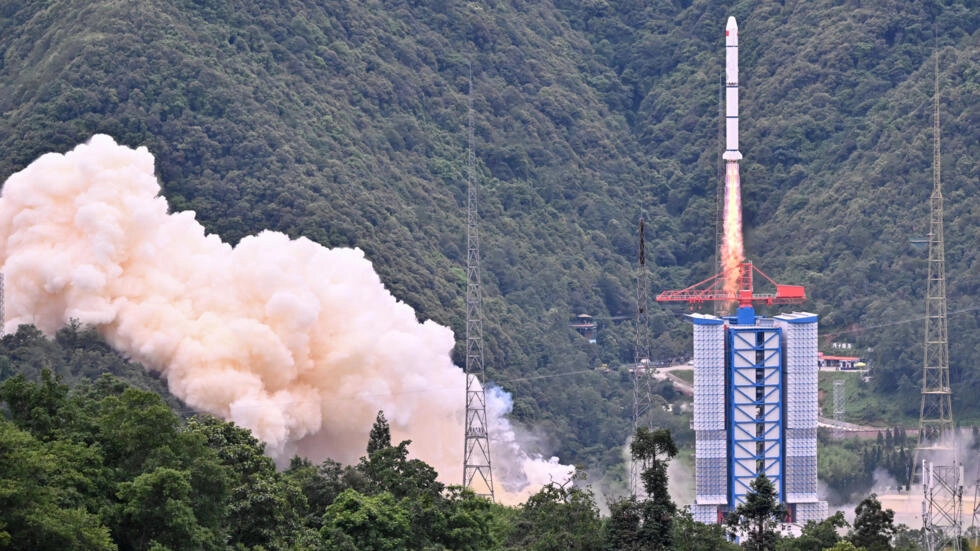In a landmark collaboration between French and Chinese space agencies, the Space Variable Objects Monitor (SVOM) satellite successfully launched aboard a Chinese Long March 2-C rocket from the Xichang Satellite Launch Center in Sichuan province.
This joint effort marks a significant step forward in international space cooperation, aiming to deepen our understanding of gamma-ray bursts (GRBs) and their profound implications for astrophysics.
Gamma-ray bursts, originating from cataclysmic events such as the explosions of massive stars or the mergers of compact stellar remnants, emit flashes of energy surpassing even the most luminous stars in the universe.
Their detection offers astronomers a unique opportunity to peer back billions of years into the past, providing insights into the early stages of our cosmos.
“The launch of SVOM represents a crucial milestone in our quest to unlock the mysteries surrounding gamma-ray bursts,” remarked Bertrand Cordier, prime investigator of the SVOM mission.
“This satellite has the capability to detect GRBs from the farthest reaches of the universe, offering a glimpse into epochs as early as 630 million years after the Big Bang.”
The scientific community eagerly anticipates SVOM’s ability to capture data on the composition of interstellar gas clouds and galaxies that GRBs traverse during their intergalactic journey.
These data not only enhance our knowledge of cosmic evolution but also serve as invaluable benchmarks for testing the fundamental laws of physics under extreme conditions impossible to replicate on Earth.
“We are particularly interested in gamma-ray bursts for their role in understanding stellar death and the dynamics of celestial objects,” explained Frederic Daigne, an astrophysicist at the Institut d’Astrophysique de Paris. “SVOM’s observations will undoubtedly shed light on these cosmic phenomena.”
Despite geopolitical complexities hindering such collaborations in the past, SVOM underscores a growing trend of cooperation between Western nations and China in space exploration.
“This mission exemplifies the potential of international partnerships in advancing our understanding of the universe,” noted Jonathan McDowell, astronomer at the Harvard-Smithsonian Center for Astrophysics.
Upon reaching its operational orbit approximately 625 kilometers above Earth, SVOM will immediately commence its mission to detect and analyze gamma-ray bursts. Due to the fleeting nature of these events, the satellite will relay alerts to ground-based observatories within minutes of detection.
This swift response allows astronomers to swiftly aim telescopes precisely at the source of the bursts, maximizing the scientific yield of each observation.
“While gamma-ray bursts pose a challenge due to their brevity, SVOM’s advanced instruments and rapid response system equip us to capture critical data in real-time,” said Wei Jianyan, principal investigator of the SVOM mission.
SVOM follows in the footsteps of previous successful collaborations between China and France, such as the CFOSAT oceanographic satellite and European contributions to China’s lunar exploration endeavors.
These joint efforts underscore the shared commitment to pushing the boundaries of scientific discovery beyond national borders.
As SVOM begins its mission, scientists worldwide await eagerly for the first insights that will undoubtedly reshape our understanding of the universe’s most enigmatic phenomena.
With each burst of gamma rays detected, SVOM promises to illuminate the cosmic history and unravel mysteries that have captivated astronomers for decade.
This article was created using automation technology and was thoroughly edited and fact-checked by one of our editorial staff members



